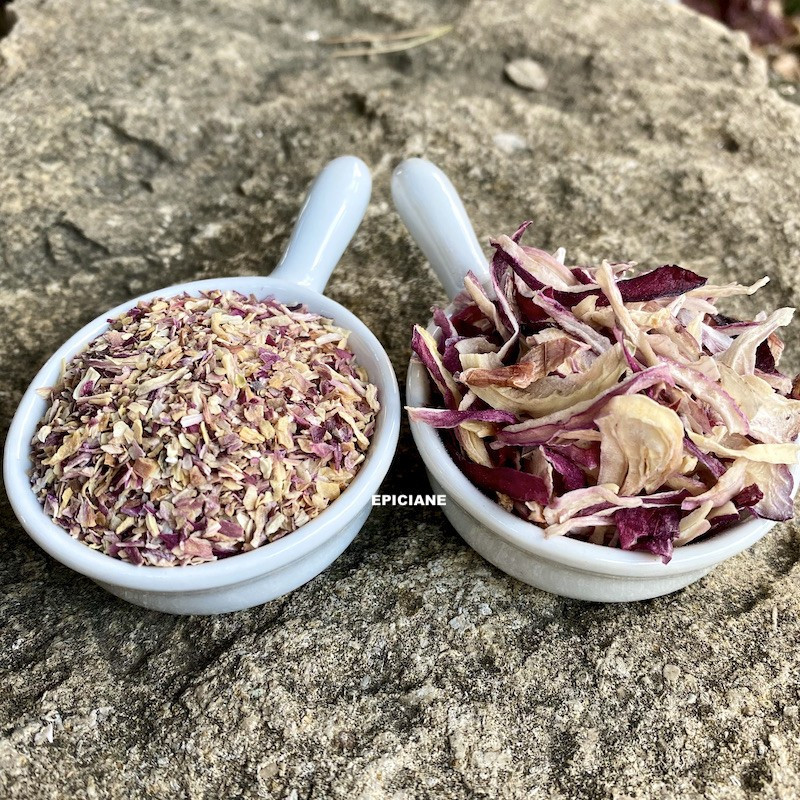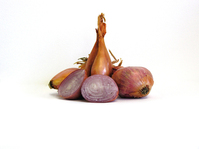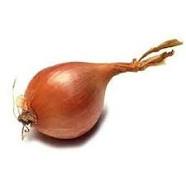
Reference: EPI2301001




Shallots offer more flavor and aroma than onions, making them a staple in French cuisine.
Here, they come ready for all your dishes: peeled, chopped, instantly usable, and no more tears from peeling!
Available in two forms: as "flakes" or strips.
 Delivery
Delivery
Mondial Relay
 Returns
Returns
See conditions
 Payments
Payments
100% secure
Delivered in a resealable pouch
 Like garlic and onion, shallots enhance the flavor of many dishes. More fragrant and subtle than onions, once rehydrated, they add a delightful aroma to meat dishes (such as skirt steak or hanger steak with shallots) and fish dishes. They are also ideal for vinaigrettes and raw vegetables. In sauces, they feature in béarnaise, sauce diable, bordelaise, and Bercy sauce.
Like garlic and onion, shallots enhance the flavor of many dishes. More fragrant and subtle than onions, once rehydrated, they add a delightful aroma to meat dishes (such as skirt steak or hanger steak with shallots) and fish dishes. They are also ideal for vinaigrettes and raw vegetables. In sauces, they feature in béarnaise, sauce diable, bordelaise, and Bercy sauce.
In Brittany, they are paired with scallops, and in Nantes, they are used to make beurre blanc. They are also a key ingredient in shallot vinegar. In fact, shallots enhance the flavor of countless dishes and preparations.

Origin: France
Scientific name: Allium cepa
 The shallot is a small vegetable about the size of a large garlic bulb. There are several varieties of shallots, the three most common being gray shallots, Jersey shallots, and "chicken thigh" shallots.
The shallot is a small vegetable about the size of a large garlic bulb. There are several varieties of shallots, the three most common being gray shallots, Jersey shallots, and "chicken thigh" shallots.
The shallot is a perennial plant thanks to its bulb, but it is grown as an annual. The planted bulb has several growth points that produce new bulbs at its base, forming a cluster of 20-30 cm of hollow cylindrical leaves. The flower is a spherical umbel, typical of this plant family.
It belongs to the Amaryllidaceae family (like onions, garlic, chives, and leeks). It was long thought to be a distinct species from onions, but it is now recognized as a subspecies, as the two plants can interbreed easily, indicating their close relation. Shallots are native to the Mediterranean basin and the Near East, where wild varieties can still be found.
The difference between onions and shallots is clear when cut: an onion has a single bud and one series of concentric tunics under the skin. A shallot, however, has at least two buds, forming two series of concentric tunics under the same skin.
According to a 1990 decree, only products derived from bulb propagation can be sold as "shallots." However, the Dutch produce seed-grown shallots, which are easier to cultivate but differ in shape and taste. Traditional shallot-growing regions in France, like Brittany and the Loire Valley, date back to the Middle Ages. Gray shallots, closer to the Allium oschaninii species, are the exception as they cannot be grown from seed.
Shallots are rich in vitamins and minerals and have strong antioxidant properties, sometimes surpassing garlic.
Gray shallots are planted in autumn alongside garlic, while other varieties are planted in early spring. Depending on the variety, bulbs take 3-4 months to mature.
°°°
The term "shallot" was written as escaluigne in the 12th century and took its current form in the 16th century under Latin influence. Its Latin name means "onion of Ascalon," a prosperous city in ancient Palestine (now part of Israel). According to legend, Crusaders discovered shallots there and brought them back to Europe.
Shallots are believed to have originated from selective breeding of onions, creating varieties distinct from their parent. These changes date back to before the Common Era, as shallots were already used in Persia and Assyria. They appeared in France during Charlemagne's time and reached America with colonists. In Louisiana, Cajuns still frequently use them in their cooking.
***
Data sheet
Reference: EPI2301001
Reference: 1O8005503
Reference: 30204501
Reference: carrymadrasdoux
Reference: 208037910
Reference: poivresichuanV
Reference: 20715402
Reference: EPI230115
Reference: poivreNEMalabar
Reference: anisvertM
Reference: 20818002
Reference: 7N7525705
Reference: EPI2301004
Reference: badianeE
Reference: 208033101
Reference: 20818101
Reference: italien
Reference: 30803202

Shallots offer more flavor and aroma than onions, making them a staple in French cuisine.
Here, they come ready for all your dishes: peeled, chopped, instantly usable, and no more tears from peeling!
Available in two forms: as "flakes" or strips.